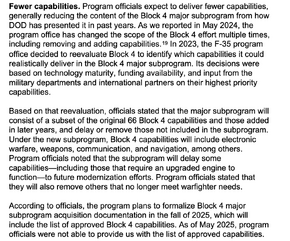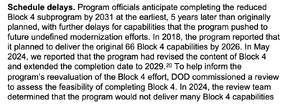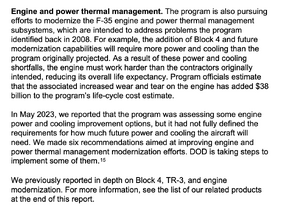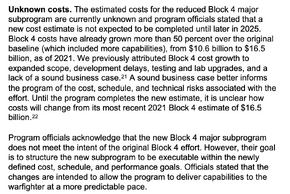Used to be called Trivandrum in English. When I flew out of there the English signs all said Trivandrum. I think Thiruvananthapuram is more like the Malayalam original.
Everything new since then. I remember the airport opening for my flight. I'd arrived at what I thought was a reasonable time before departure & there was no sign of life. IIRC there was a stall outside selling tea, so I waited. It gradually woke up, & they let the people waiting outside in.
Then an Air Lanka plane arrived from Colombo, & after a while we boarded it & flew to Colombo. There was no sign of any other flights. December 1984.
Everything new since then. I remember the airport opening for my flight. I'd arrived at what I thought was a reasonable time before departure & there was no sign of life. IIRC there was a stall outside selling tea, so I waited. It gradually woke up, & they let the people waiting outside in.
Then an Air Lanka plane arrived from Colombo, & after a while we boarded it & flew to Colombo. There was no sign of any other flights. December 1984.





